Yeongpyeongsa Temple (영평사)
4.9 Km 8353 2021-11-01
124, Yeongpyeongsa-gil, Sejong-si
+82-44-857-1854
A branch of Magoksa Temple, which is the 6th local temple of the Jogyejong Order, Yeongpyeongsa Temple has six traditional buildings and three small hermitages. Janggunsan Mountain, where the temple is located, is small but full of energy. According to Feng Shui, the mountain is a perfect location for a temple because it is shaped like a dragon curled along the Geumgang River. Yeongpyeongsa is a tranquil place that captures the purity of the temple’s Buddhist practice, with fresh air and clean water that offer a habitat for fireflies, crawfish, and black snails. On the way in, visitors are greeted by a multitude of wildflowers vying for their attention: the columbines and the prairie crocuses in spring, the white lotuses in summer, and the Siberian chrysanthemums in autumn.
Haposeowon Confucian Academy (합호서원)
5.5 Km 4397 2022-08-18
262-6, Wonhapgang 1-gil, Yeondong-myeon, Sejong
+82-44-330-5832
Registered as Cultural Heritage Material, Haposeowon Confucian Academy is where the spiritual tablet of An Hyang, a respected scholar during the Goryeo period, is enshrined. The academy was founded in 1716 by the scholar's descendants, who held regular memorial services until a royal order to close down most seowon institutions was made in the late Joseon dynasty. In 1949, Haposeowon Confucian Academy was rebuilt as an affiliated institution with the consent of 218 local Confucian schools nationwide.
Geumnam Egret Habitat (금남 백로 서식지)
6.1 Km 11857 2022-08-25
45-13, Gamseong-gil, Geumnam-myeon, Sejong-si
+82-44-300-5833
The Egret Habitat in Gamgseong-ri covers a small mountain located in Yuseong-gu District. Existing since the Joseon dynasty era, the habitat is home to common herons and cattle egrets. Up to 5,000 birds have been observed at one time. The best time to visit the habitat and see the egrets is between April and May.
Kong Daebak (콩대박)
6.5 Km 6782 2024-02-20
9 Daebak-gil, Geumnam-myeon, Sejong-si
Kong Daebak is a restaurant specializing in soybean-based dishes. There are two menu options: kongseobang bapsang and konggaksi bapsang. Kongseobang bapsang includes dishes like doenjang jjigae (soybean paste jjigae), salad, kong jeon (soybean pancake), suyuk (boiled pork slices), mushroom dishes, jangajji (pickled vegetable), and dessert. Adding dishes like kkaennip jeon (pan-fried battered perilla leaves) and dubu jeongol (bean curd hot pot) turns it into konggaksi bapsang. Since the food is prepared on the same day, advance reservations are essential.
Archaeological Site in Seokjang-ri, Gongju (공주 석장리 유적)
9.4 Km 33129 2021-07-17
990, Geumbyeok-ro, Gongju-si, Chungcheongnam-do
+82-41-840-8924
The Archaeological Site in Seokjang-ri, Gongju is located approximately 6 kilometers out of the city of Gongju, on the northern banks of the Geumgang River. The site is one of Korea's representative relic sites of the Old Stone Age, and is designated Historic Site No. 334. The site was excavated 10 times between 1964 and 1974 by teams from Yonsei University Museum. The excavation of 27 layers of stratum produced relics proving people lived in the area through 11 cultural eras. The area was excavated again in 1990 and 1993, producing even more cultural artifacts and helping to create a clearer image of the people living in that time.
Seokjangni Museum (석장리박물관)
9.5 Km 37251 2021-12-24
990, Geumbyeok-ro, Gongju-si, Chungcheongnam-do
+82-41-840-8924
Located in Gongju, Chungcheongnam-do, Seokjangni Museum was established in September 2006 to preserve and introduce the culture of the Old Stone Age. There are a variety of exhibitions of relics excavated from the Seokjeong-ri area as well as educational programs available for visitors to learn more about the Paleolithic Period. The museum is divided into permanent exhibitions, planned exhibitions and outdoor exhibitions. Overall, visitors can understand the history better through the exhibition halls, prehistoric park, and the Archaeological Site in Seokjang-ri, Gongju.
Haklimjae [Korea Quality] / 학림재 [한국관광 품질인증/Korea Quality]
9.7 Km 3 2021-03-29
75-3, Taesan-gil, Sejong-si
This hanok (traditional Korean house) accommodation is located in Taesan-ri, Janggun-myeon, Sejong Special Self-governing City. Its doors open to an expansive and handsome grass courtyard, with stone fences, a pond, a pavilion, stone figures, pine trees, and a furnace with a cast-iron pot.
The entire house with a courtyard is rented out in whole, with three rooms, a kitchen, a living room, and two bathrooms. There are a beam projector and a karaoke machine in the house, which makes it popular for family gatherings, corporate training sessions, or club meetings. The house has also been used for traditional marriage ceremonies and outdoor exhibitions. An outdoor barbecue area allows the guests to do some outdoor grilling, but guests can also opt to use the furnace and the traditional cast-iron pot for grilling as well. Seasonal vegetables and fruits grown in the garden are offered to guests free of charge as well. The management also offers traditional sauce-making, wood carving, tea ceremony, and meditation upon reservation.
Bugangok (부강옥)
9.8 Km 25 2021-03-24
103, Bugangoecheon-ro, Sejong-si
+82-10-9577-8953
It is a restaurant that’s featured a lot in various media. This Korean restaurant is located in Sejong-si. The representative menu is blood sausage and rice soup.
Jocheon Lotus Park (조천연꽃공원)
10.1 Km 0 2024-02-20
226 Beonam-ri, Jochiwon-eup, Sejong-si
Jocheon Lotus Park is an ecological park established by cultivating white lotus, red lotus, and water lilies on abandoned agricultural land. Developed on former farmland, the park blossoms with vibrant lotus flowers during the summer months of July and August. As visitors stroll along the deck path, they can relish the soothing sounds of Jocheon Stream. The pathway along the Jocheon Riverside is especially scenic in spring, adorned with cherry blossoms, earning it the name Jocheonbyeon Cherry Blossom Path. This provides a picturesque backdrop for flower viewing and photography.
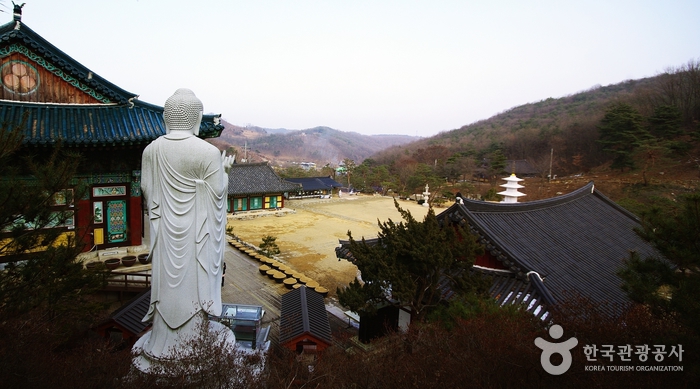
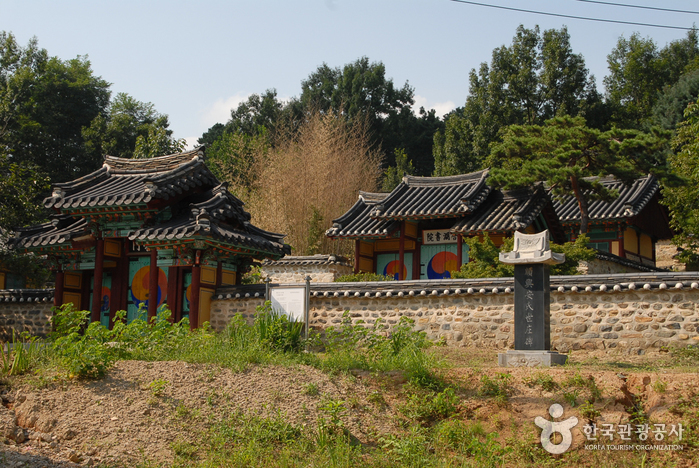

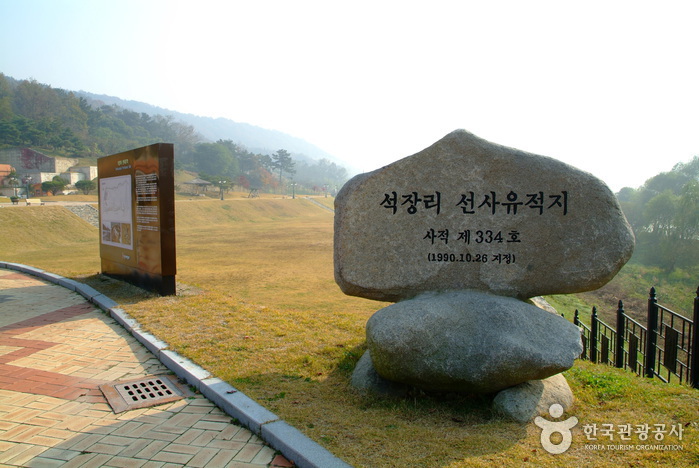
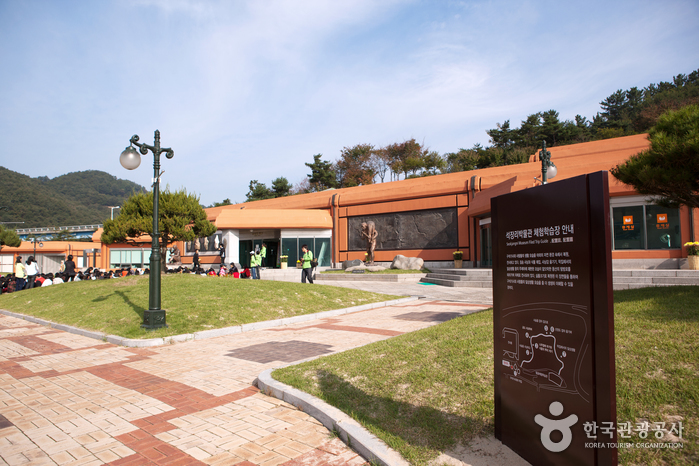
![Haklimjae [Korea Quality] / 학림재 [한국관광 품질인증/Korea Quality]](http://tong.visitkorea.or.kr/cms/resource/56/2707656_image2_1.jpg)
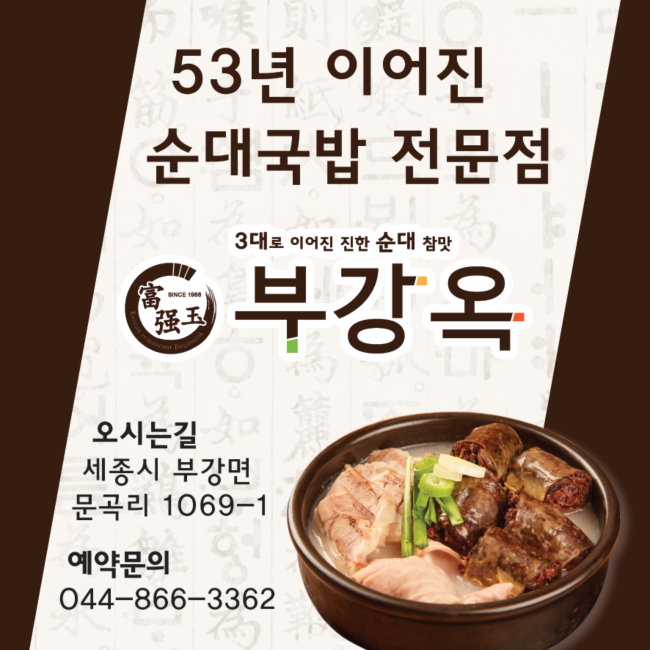
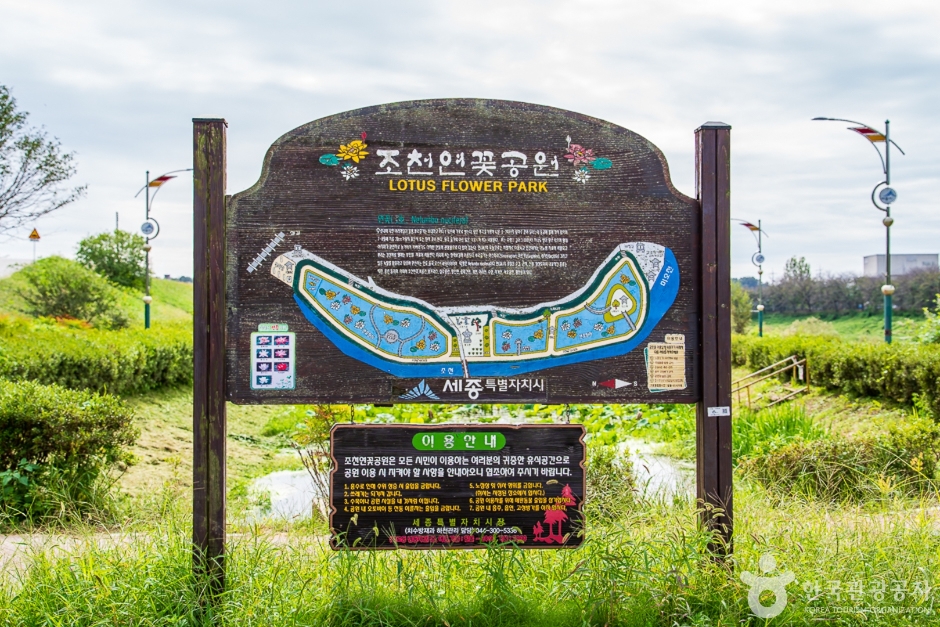
 English
English
 한국어
한국어 日本語
日本語 中文(简体)
中文(简体) Deutsch
Deutsch Français
Français Español
Español Русский
Русский